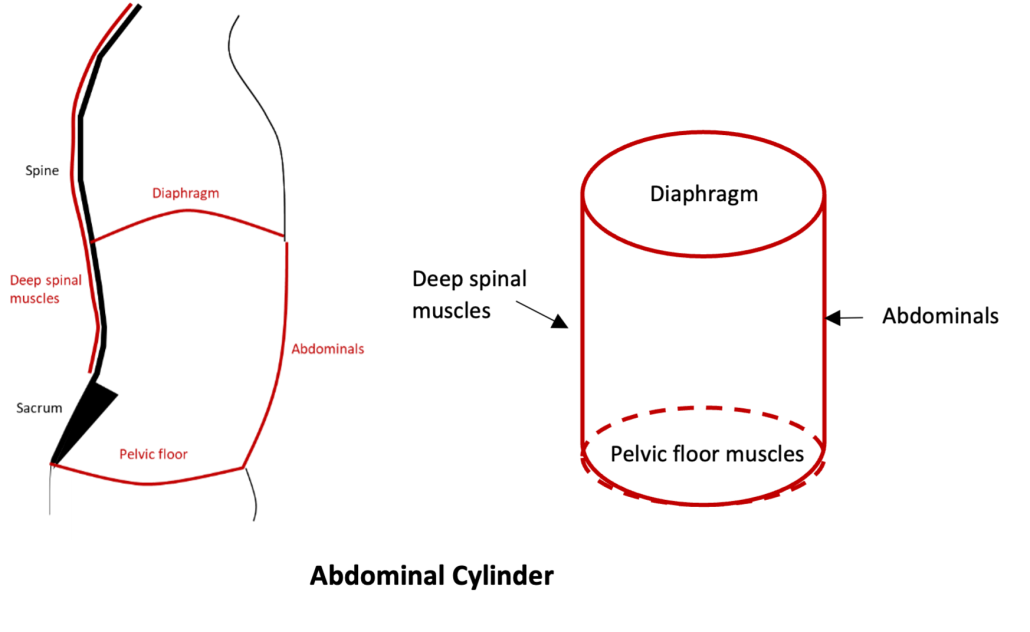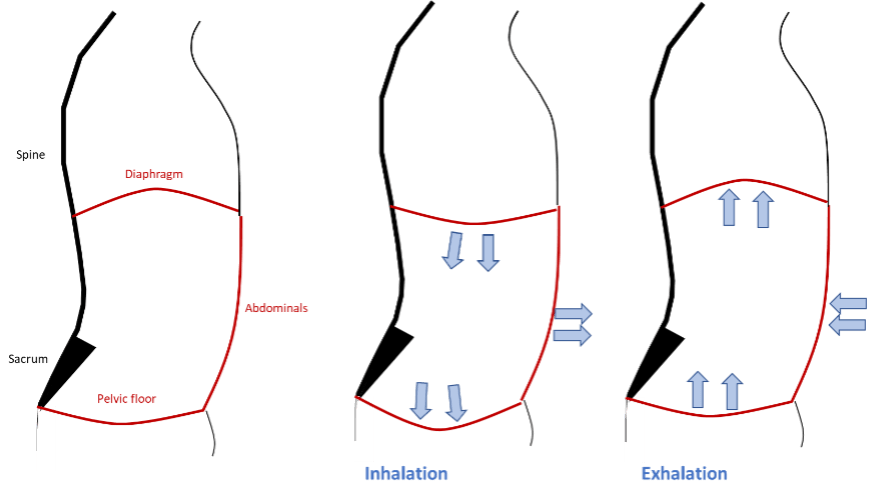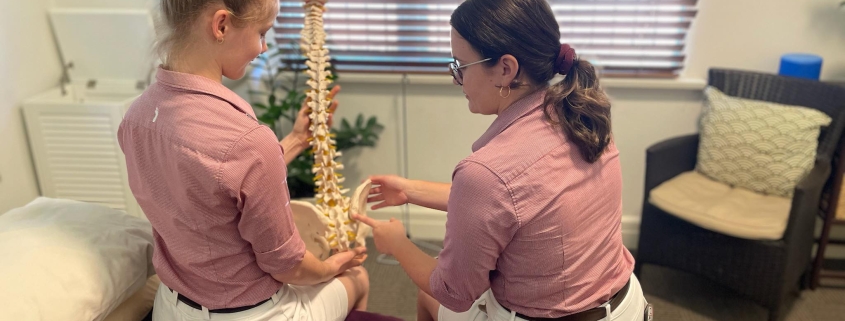Pelvic Floor Physio is Important for Everyone
Pelvic Floor Physio for all populations
Everybody has a pelvic floor. There is often a lot of discussion around pelvic floor for women, given its importance in pregnancy and childbirth. However, pregnancy is just one of many times the pelvic floor needs extra attention as pelvic floor dysfunction may be implicated in many other populations – including men and women who have never been pregnant. Pelvic Floor Physio can help everyone; as it can focus on activating and strengthening this muscle group.
The “pelvic floor” refers to a group of muscles located at the base of our pelvis and has several important roles.
The (Many) Roles of the Pelvic Floor
The pelvic floor muscles work together with other muscles of the body to contribute to several important roles, including:
- Pelvic organ support – pelvic floor muscles form the base of the pelvic cavity, and as such, they provide key support for your bladder, bowel, and uterus (in women).
- Bladder/bowel function and continence – both the urethra (passage for urine) and anus (passage for stool) pass through the pelvic floor muscles in both men and women. The pelvic floor muscles include sphincters to control when you empty your bladder/bowel until it is convenient. Pelvic floor activity is dynamic and changes level of activation depending upon our activities. For example, during periods of increased intra-abdominal pressure (i.e. when coughing, sneezing, laughing, lifting something heavy, exercising, etc) the pelvic floor will increase tone to prevent leakage of urine or stool.
- Pregnancy / Childbirth (for females) – because the pelvic floor supports the uterus (aka the home for the growing fetus/es during pregnancy) it comes under high levels of stretching and strain during pregnancy and birth
- Sexual function – the pelvic floor has a close relationship with sex organs in both males and females. In women it contributes to sexual arousal, whereas for men it is important for erectile function and ejaculation
- Stability and regulation of intra-abdominal pressure – the pelvic floor forms the bottom or “floor” of the abdominal cylinder, which also includes the diaphragm (the top), abdominal muscles and deep spinal muscles (walls). These muscles function synergistically to regulate pressure within the abdominal cavity to provide trunk stability. This is important to provide a stable base for our limbs to work off to enable us to move easily and go about our everyday activities.

- Breathing
- The close relationship of the pelvic floor with these other “abdominal cylinder” muscles means that the pelvic floor has an active role with breathing. During inhalation, as our diaphragm draws downward to expand our lungs, our abdominal muscles and pelvic floor expand to maintain our abdominal pressure. On the exhale, the diaphragm lifts up, abdominal muscles contract and pelvic floor returns to its resting position.

How Can the Pelvic Floor be Dysfunctional?
Pelvic floor dysfunction simply refers to inability to correctly activate, relax, and/or coordinate your pelvic floor muscles. This can be caused by:
- Weakness
- Tightness/overactivity
- Or, a combination of the two!
What can cause this?
- Pregnancy/childbirth
- Age
- Stress/ Anxiety
- Prolonged physical activity, especially high impact
- Obesity
- Respiratory diseases or poor breathing patterns
- Chronic coughing
- Eating disorders
- Connective tissue disorders
- Gynaecological disorders
- Post-prostatectomy
- Restrictions in back or hip mobility causing compensations by the pelvic floor muscles
- Traumatic injuries to the pelvic (e.g. fracture)
What Symptoms Can be Caused by Pelvic Floor Dysfunction?
The close relationship the pelvic floor has with other muscles of the abdomen, back and hips means that abnormalities in any of these areas can both arise from, or cause, pelvic floor dysfunction.
Therefore, pelvic floor dysfunction might look or feel like:
- Hip pain
- Pelvic or groin pain
- Back pain
- Shallow breathing patterns
- Incontinence (bladder/bowel)
- Accidentally leaking urine or passing wind when laughing, coughing, exercising
- Feeling of urgency to use the bathroom and not make it in time
- Difficulty emptying bladder or bowel
- Painful intercourse
- Gonadal pain – vulva, penis, or testicles
- Erectile dysfunction
- Pelvic organ prolapse – may feel like a bulge or heaviness in the rectum or vagina (e.g. feeling the need to void bowels without actually needing to go)
Pelvic Floor Physio
Physiotherapy is the first-line treatment for pelvic floor dysfunction. Your physiotherapist can provide specific advice and exercise therapy to help reduce unwanted symptoms. Your treatment may include:
- Advice and education surrounding bladder/bowel management and training
- Muscle releases of the pelvic floor or hip
- Pelvic floor re-training, including
- Teaching you how to and relax your pelvic floor correctly, click here for tips on how to activate your pelvic floor
- Improving strength and endurance of the pelvic floor
- Optimising correct patterns of muscle activation
If you would like to address any issues that may be related to the pelvic floor, we invite you to book now and see a Barefoot Physiotherapist. They will be able to conduct a personalised assessment and create a treatment plan suited to you.
You may be interested in reading Pelvic Girdle Pain or Pregnancy Physio








Leave a Reply
Want to join the discussion?Feel free to contribute!